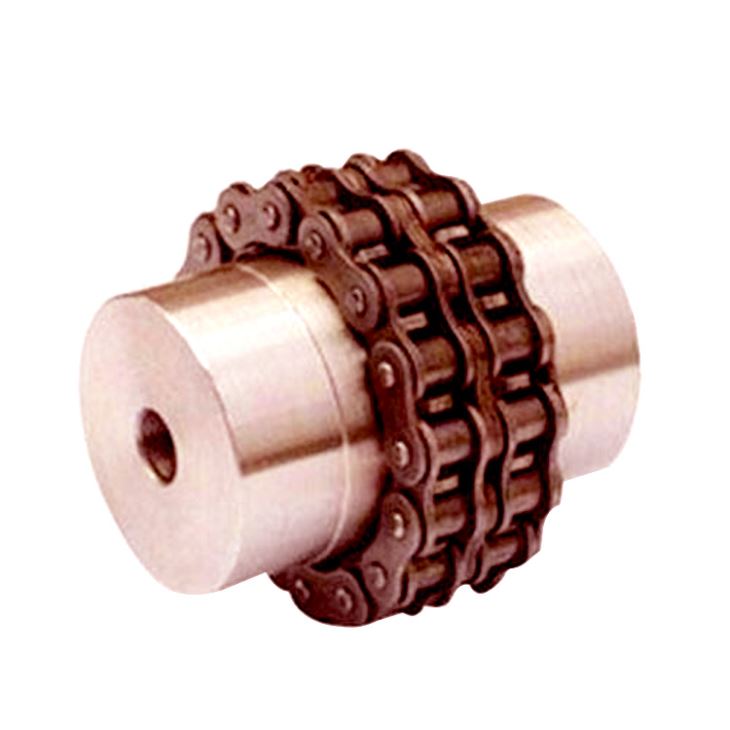A coupling is a mechanical device used to connect two shafts together at their ends for the purpose of transmitting power. It allows for the transmission of torque from one shaft to another, even when there is some degree of misalignment or movement between them. Couplings are essential components in a wide range of applications, from industrial machinery and automotive systems to HVAC equipment and conveyor systems. They come in various types, each designed to accommodate specific requirements such as flexibility, torque capacity, and environmental conditions.
When selecting a coupling, it's crucial to consider several parameters to ensure optimal performance and longevity. Below is a detailed table outlining the primary specifications:
| Parameter | Description | Typical Values/Range |
|---|---|---|
| Torque Capacity | The maximum torque the coupling can transmit without failure. | 5 Nm to 10,000 Nm |
| Bore Size | The inner diameter for shaft connection, often customizable. | 10 mm to 150 mm |
| Speed Rating | Maximum operational RPM (revolutions per minute). | Up to 20,000 RPM |
| Misalignment Tolerance | Ability to accommodate angular, parallel, and axial misalignment. | Angular: ±3°, Parallel: ±2 mm, Axial: ±2 mm |
| Material | Common materials include steel, aluminum, stainless steel, and elastomers. | Steel (most common), Aluminum (lightweight), Stainless (corrosion-resistant) |
| Temperature Range | Operational temperature limits. | -40°C to 150°C |
| Backlash | The amount of free movement between engaged components; low backlash is critical for precision applications. | 0° to 5° (depending on type) |
| Weight | Important for applications where mass affects performance. | 0.1 kg to 50 kg |
Couplings are used in numerous industries due to their versatility. Common applications include:
Choosing the right coupling involves evaluating factors such as:
What is the primary function of a coupling?
The primary function of a coupling is to connect two rotating shafts to transmit power while accommodating misalignment and reducing vibration.
How do I choose between a rigid and flexible coupling?
Choose a rigid coupling if the shafts are perfectly aligned and you need high precision, but opt for a flexible coupling if there is any misalignment or shock loads are present to protect the system.
Can a coupling compensate for all types of misalignment?
No, different couplings handle misalignment differently. For example, universal joints are great for angular misalignment, while bellows couplings excel in parallel misalignment; always check the specifications.
What maintenance is required for couplings?
Maintenance varies by type: gear couplings may need periodic lubrication, while elastomeric couplings like jaw types are often maintenance-free but should be inspected for wear.
How does temperature affect coupling performance?
Extreme temperatures can cause material expansion or contraction, affecting alignment and torque transmission. Always select a coupling rated for your operating temperature range.
What is backlash in couplings, and why is it important?
Backlash is the play or free movement between connected parts. Low backlash is crucial in precision applications like robotics to ensure accurate positioning and avoid system errors.
Are there couplings suitable for high-speed applications?
Yes, couplings like disc couplings or high-quality gear couplings are designed for high speeds, offering balance and minimal vibration at elevated RPMs.
How do I install a coupling properly?
Ensure shafts are clean and aligned within tolerances, tighten bolts to the recommended torque, and follow the manufacturer's guidelines to avoid premature failure.
Can couplings reduce noise and vibration?
Yes, flexible couplings with elastomeric elements can dampen vibrations and reduce noise, making them ideal for applications where quiet operation is essential.
What materials are best for corrosive environments?
Stainless steel or nickel-plated couplings are excellent for corrosive environments, as they resist rust and degradation from chemicals or moisture.





